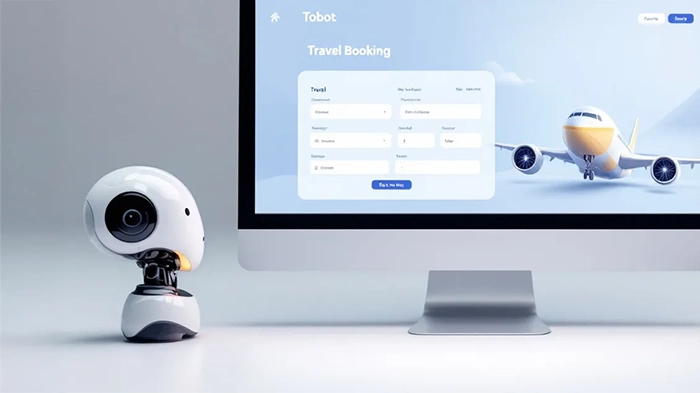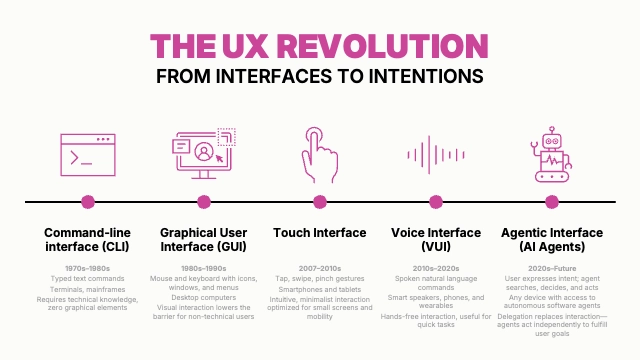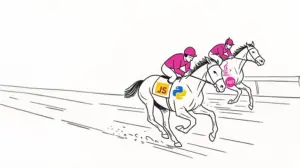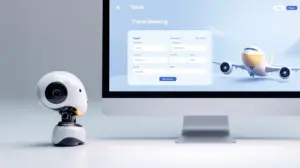
Every major leap in user experience came from removing steps between desire and outcome.
And now? We stand on the edge of the next evolution: autonomous agents acting on our behalf.

Today’s best UX still relies on you doing the work. You enter data. You compare options. You click through forms. But what if you could simply express your intent, and the system would handle the rest?
That’s what AI agents promise:
This isn’t about convenience. It’s about freeing up cognitive load. And it changes the very idea of what a user experience even is.
Recently, we tried to let our AI agents (using Nanobrowser) book a restaurant. It searched fine—but the moment it reached Tripadvisor, the site slapped it with a CAPTCHA.
Why? Because the system flagged it as a bot.
And that’s the core issue: the internet treats AI agents as intruders, not extensions of ourselves.
CAPTCHAs, anti-bot scripts, login flows designed for human eyes—all are remnants of a web built before agentic action was possible.
If we want to move from interfaces to intentions, we need a web that supports agentic interaction at its core.
Here’s what that might look like:
✅ Agent identity & trust
Let users vouch for their agents. Introduce verifiable agent credentials and permission scopes.
🔁 APIs designed for agents
Instead of scraping HTML designed for eyeballs, agents should access standardized, lightweight APIs to perform tasks securely and efficiently.
🤝 Consent-based delegation
Let me tell a website: “Yes, this agent can act on my behalf.” That consent should be cryptographically verifiable and revocable.
🧠 A browser layer made for agents
Just like mobile transformed the web once, agent-first browsers (like Nanobrowser, AutoGPT plugins, or custom headless stacks) will do it again.
We’re entering the era where UX is not just about how users experience software—but how they delegate action to it. The new metric won’t be “How many clicks to checkout?” but “How much can I offload to my agent without thinking twice?”
This is a big shift. It requires developers, designers, and platform architects to reimagine their stack, their assumptions, and their role in a world where the user is no longer the one doing the clicking.
The agentic UX revolution is being driven by a diverse ecosystem:
Because the future of UX isn’t what users touch.
It’s what they don’t have to touch at all.





